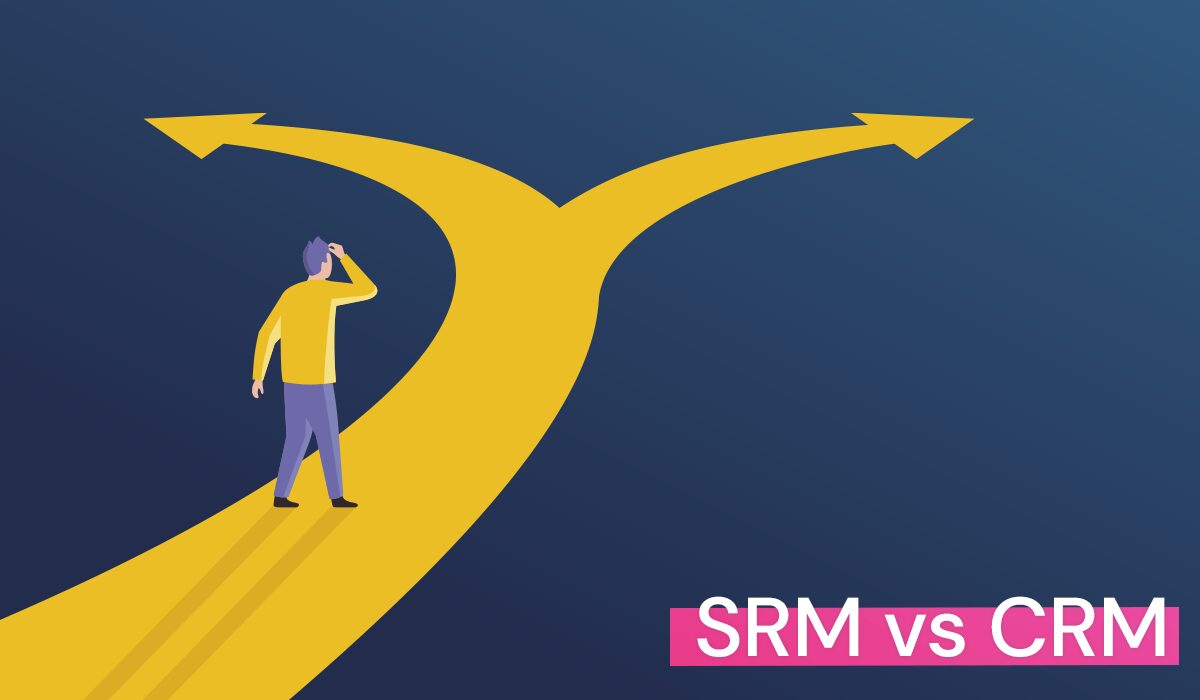
In today’s competitive business world, effective stakeholder management is essential for success. Two key approaches to stakeholder management are Customer Relationship Management (CRM) and Supplier Relationship Management (SRM). While these two strategies share similarities, there are important differences that must be understood to choose the right approach for your organization. In this article, we will explore the differences between CRM and SRM and how they impact stakeholder management.
The Focus of CRM: Customer Relationship Management
To understand CRM vs SRM, you must comprehend each concept separately. CRM is all about the customer. It involves understanding the needs and preferences of customers and building strong relationships with them. This includes gathering data on customers, analyzing that data, and using it to improve customer satisfaction. CRM also involves providing excellent customer service, resolving customer complaints quickly and effectively, and providing customers with personalized experiences.
By understanding the needs and preferences of customers, businesses can anticipate their needs and provide them with personalized experiences. This helps to build customer loyalty and improve customer satisfaction. Additionally, CRM helps businesses to identify opportunities for cross-selling and upselling, which can increase revenue and profitability.
The Focus of SRM: Supplier Relationship Management

SRM is all about managing relationships with suppliers. This involves working closely with suppliers to ensure that they are meeting the needs of the organization, while also fostering collaboration and innovation. SRM includes managing supplier contracts, tracking supplier performance, and managing supplier risk.
One of the key benefits of SRM is that it helps businesses to manage their supply chain effectively. By working closely with suppliers, businesses can ensure that they are getting the best value for their money, while also ensuring that suppliers are meeting quality and delivery standards. Additionally, SRM helps businesses to identify opportunities for innovation and collaboration with suppliers, which can lead to cost savings and improved product quality.
Implementing CRM and SRM: Best Practices
To implement CRM and SRM effectively, there are several best practices to consider. Some of these include:
- Define clear goals and objectives:
Before implementing CRM or SRM, it is important to define clear goals and objectives. What do you hope to achieve with CRM or SRM? How will you measure success? By defining clear goals and objectives, you can ensure that your implementation is focused and effective.
- Choose the right technology
Choosing the right technology is critical to the success of your CRM or SRM implementation. There are many systems available, each with its own strengths and weaknesses. Take the time to research and evaluate different systems to find the one that is best suited to your needs.
- Invest in training
Implementing CRM or SRM requires significant investment in technology and training. Make sure that your team is properly trained on how to use the system, and that they understand how it fits into your overall business strategy.
- Gather and analyze data effectively
Make sure that you are gathering data effectively, and that you have the tools and processes in place to analyze that data effectively. This will help you to better understand the needs and preferences of your customers and suppliers and to identify opportunities for improvement.

Conclusion
By implementing CRM or SRM effectively, businesses can improve customer satisfaction and loyalty, reduce supply chain costs, improve product quality, and identify opportunities for innovation and collaboration. By following best practices and choosing the right approach, businesses can maximize the benefits of CRM and SRM, and achieve greater success in their stakeholder management efforts.








